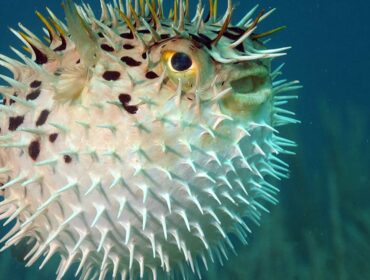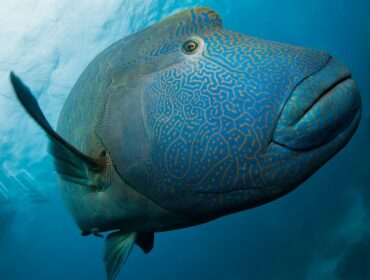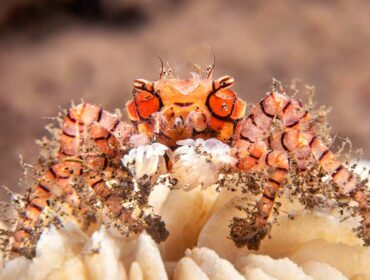Mouthbrooding fish are intriguing, as they are eminent for their ability to care for and protect their offspring from harm in a very unusual way. These species of fish shield their young by using their mouths as a protective shelter.
This unique kind of nurturing care begins at the time the eggs are fertilized. In many cases, after the eggs have hatched, the fry continue to use their parent’s mouths to hide from potential predators. Parental mouthbrooding fish are divided into two categories: paternal mouth brooders and maternal mouth brooders.
African Cichlids
The African cichlids are an example of maternal mouth brooders. The female safeguards the eggs in her mouth for 21 to 36 days or until they hatch. Throughout this time, she does not eat at all. Once the eggs have hatched, the mother releases the fry into the water. When she senses danger, she signals her young to swim back into her mouth.
Banggai Cardinalfish
The Banggai cardinalfish is a paternal mouth brooder. The male clutches the eggs in his mouth for up to 30 days and does not feed during this time. He has the ability to detect and eject dead eggs from his mouth. Once released from the father’s mouth, the newly hatched juveniles school tightly around edifices such as corals and sea urchins in order to protect themselves.
Hardhead Sea Catfish
Just as some other kinds of catfish, the hardhead is a mouthbrooding fish. The male holds the fertilized eggs in his mouth until they hatch, which can be as many as 80 days. Over the following two weeks, the fry will continue to use their father’s mouth as a means of protection when they feel threatened.
Pearly Jawfish
These small, passive marine creatures are paternal mouthbrooding fish. The male incubates the eggs in his mouth and carries them until they hatch, which is around 5 to 7 days. Both young and adult pearly jawfish live in burrows to defend themselves against predators.
Peppermint Pikehead
The male peppermint pikehead broods the eggs and fry. It is a member of the mouthbrooding anabantoid species and can often be seen carrying a mouthful of fry, as they tend to protect their young long after they hatch.










